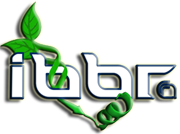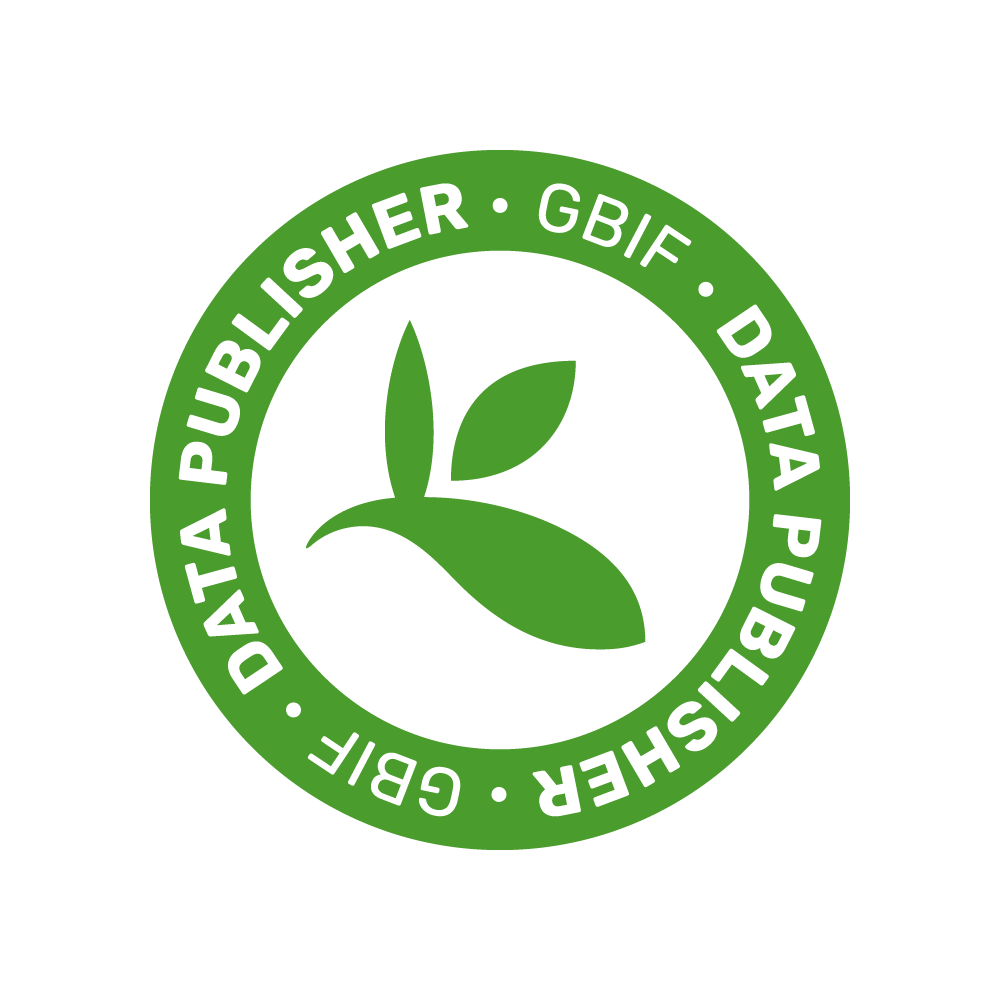Aurora Storlazzi
Role: Researcher
Section: Researchers and Technologists
Division: Naples
Tel: (39) 081-6132439
E-mail: aurora.storlazzi[at]ibbr.cnr.it

DEGREE
1988 Laurea in Physics, "summa cum laude", University of Naples "Federico II".
Professional experience
2014 - present: Researcher, Institute of Bioscience and Bioresources, C.N.R. Naples.
2008-2013: Researcher, Institute of Genetics and Biophysics, A.B.T., C.N.R. Naples.
2000-2007: Postdoctoral Associate, Institute de Genetique et Microbiologie,
Universite Paris-Sud, Orsay-Cedex, France. Laboratory of Prof. D. Zickler.
“Molecular mechanisms that govern chromosomes structure and architecture during
meiosis.”
1998-1999: CEINGE, Researcher, at I.I.G.B. Naples. Laboratory of Dr. R. Defez.
“Legume- Rhizobium Symbiotic Nitrogen Fixation: nitrogen fixation efficiency.”
1994-1998: Bayer Fellowship, I.I.G.B. Naples. AIDS Fellowship of Istituto Superiore di Sanita’, at I.I.G.B. Naples. Laboratory of Prof. B. Maresca.
“Identification and characterization of H. capsulatum genes involved in
macrophages infection.”
1991-1994: Postdoctoral Fellow Harvard University, Cambridge, MA, USA.
Laboratory of Prof. N. E. Kleckner.
“Genetic and molecular analysis of meiotic mutants in S. cerevisiae.”
1989-1991: CNR fellowship, I.I.G.B. Naples. Laboratory of Prof. J.F. Pulitzer.
“Regulation of gene expression in S. cerevisiae.”
1985-1988: Student at IIGB- CNR Naples. Laboratory of Prof. A. Cascino.
“Regulation of gene expression in the T4 bacteriophage.”
RESEARCH INTERESTS
Meiotic recombination and chromosomes reorganization are strictly interconnected programs and our studies aim to elucidate the molecular basis of chromosomes behavior during pairing and recombination. We use a combined cytological, and molecular genetic approach in the filamentous fungus Sordaria macrospora, a particularly suited model to study early stages of meiotic prophase. In collaboration with Prof. Zickler and Prof. Kleckner we have characterized a number of proteins involved in recombination and cohesion, analyzing their roles in the meiotic nuclear reorganization by both deletions or specific mutations and localizing them using tagged fluorescent proteins. We showed that programmed DSBs are required for chromosomes pairing and SCs formation, and that even exogenous provided DSBs are sufficient to drive correct progression of meiotic prophase.
We are now investigating how proteins involved in later steps of recombination contribute to chromosome alignment during meiotic prophase.
Publications
Zhang L, Kim KP, Kleckner NE, Storlazzi A. 2011. Meiotic double-strand breaks
occur once per pair of (sister) chromatids and, via Mec1/ATR and Tel1/ATM, once
per quartet of chromatids. Proc Natl Acad Sci U S A. 108: 20036-20041.
Espagne E, Vasnier C, Storlazzi A, Kleckner NE, Silar P, Zickler D, Malagnac
F. 2011. Sme4 coiled-coil protein mediates synaptonemal complex assembly,
recombinosome relocalization, and spindle pole body morphogenesis. Proc Natl
Acad Sci U S A. 108: 10614-10619.
Storlazzi A, Gargano S, Ruprich-Robert G, Falque M, David M, Kleckner N,
Zickler D. 2010. Recombination proteins mediate meiotic spatial chromosome
organization and pairing. Cell. 141:94-106.
Storlazzi A, Tesse S, Ruprich-Robert G, Gargano S, Pöggeler S, Kleckner N,
Zickler D. 2008. Coupling meiotic chromosome axis integrity to recombination.
Genes Dev. 22:796-809.
Kleckner N, Storlazzi A, Zickler D. 2003. Coordinate variation in meiotic
pachytene SC length and total crossover/chiasma frequency under conditions of
constant DNA length. Trends Genet. 19:623-8.
Tessé S, Storlazzi A, Kleckner N, Gargano S, Zickler D. 2003. Localization and
roles of Ski8p protein in Sordaria meiosis and delineation of three mechanistically
distinct steps of meiotic homolog juxtaposition. Proc Natl Acad Sci U S A.
100:12865-12870.
Storlazzi A, Tessé S, Gargano S, James F, Kleckner N, Zickler D. 2003. Meiotic
double-strand breaks at the interface of chromosome movement, chromosome
remodeling, and reductional division. Genes Dev. 17:2675-2687.




